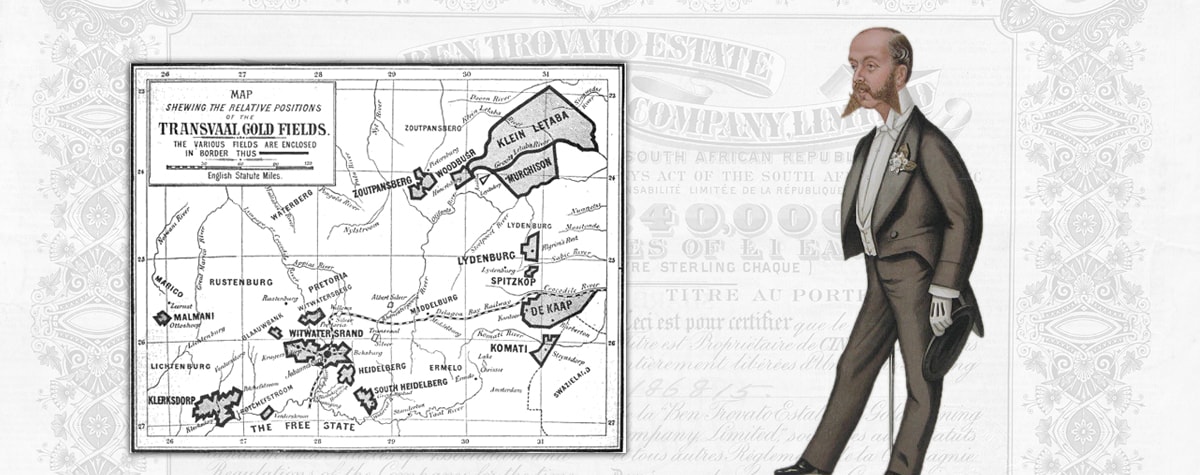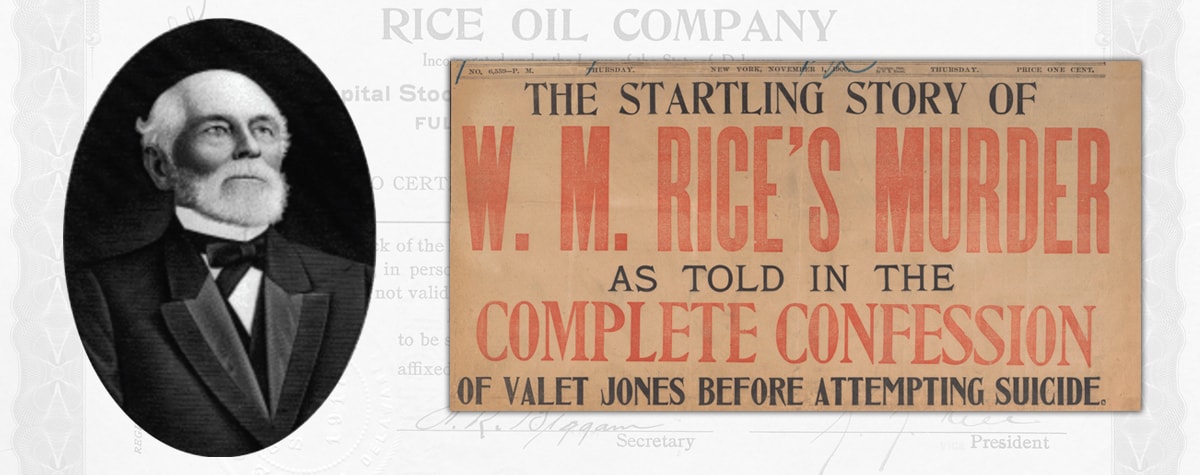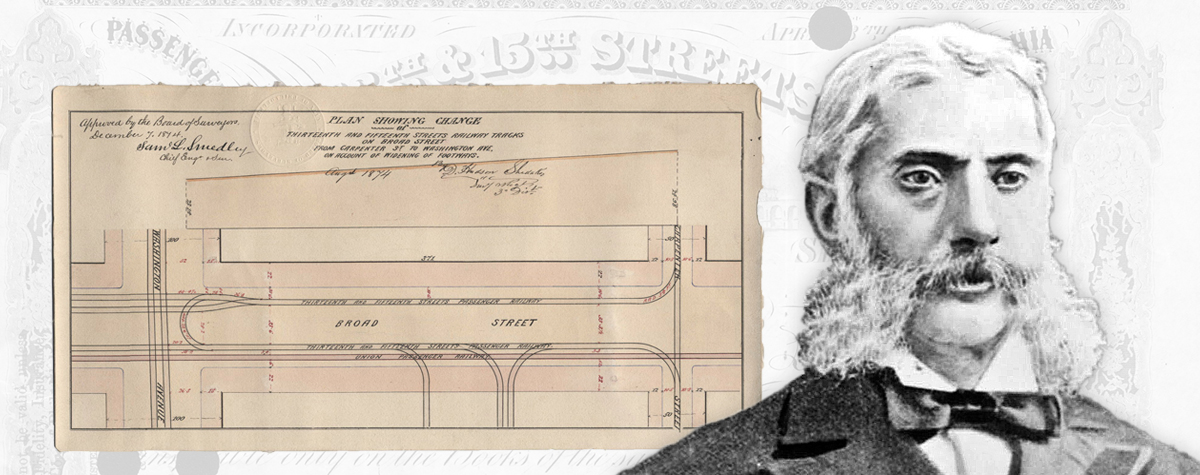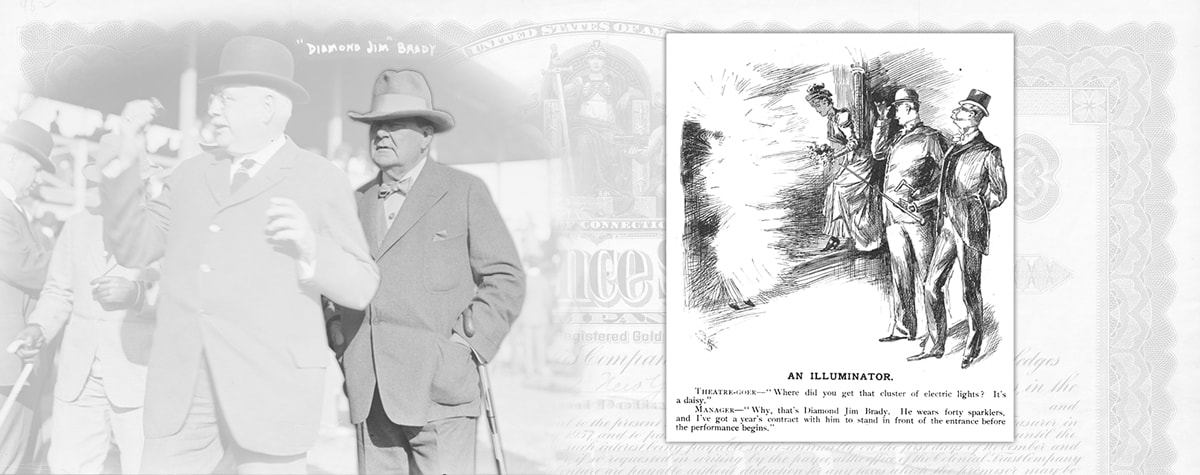-
Alfred de Rothschild Strikes Gold in South Africa

After the discovery of gold in South Africa, mining first-timers and moguls alike flocked from all over the globe. Alfred de Rothschild, part of the London branch of the famous Jewish banking dynasty the House of Rothschild, invested in gold and diamond rushes in southern Africa.
Read more about Alfred de Rothschild Strikes Gold in South Africa
-
William M. Rice: Philanthropy, Murder, and the I&GN Railroad

Railroad mogul William M. Rice left his legacy as a major philanthropist in Texas history, donating fortunes to found Rice University. His life was one of rising to financial heights only to fall to be the victim of a scandal when his lawyer forged a fraudulent will and organized his bizarre and clandestine murder.
Read more about William M. Rice: Philanthropy, Murder, and the I&GN Railroad
-
Meyer Guggenheim: Patriarch of a Philanthropic Dynasty

Jewish entrepreneur and copper industry tycoon Meyer Guggenheim became the patriarch of the prominent Guggenheim family, a name associated today with supporting museums and the arts throughout the world. After escaping oppression as a Jewish man in Europe, Guggenheim built his wealth in copper mining and refining, an industry his seven sons would later come to dominate in the late 19th and early 20th centuries in America.
Read more about Meyer Guggenheim: Patriarch of a Philanthropic Dynasty
-
Diamond Jim Brady: Flamboyance, Charisma, and Gluttony

“Diamond” Jim Brady was known for his flamboyance, lavish adornments of diamonds, and gluttonous appetite. Starting as a bellboy at the age of 11, by the age of 30 he was making $1 million a year selling railroad supplies. Brady was seen as both a questionable businessman as well as a generous benefactor and is written about for his colorful personality and presence wherever he went.
Read more about Diamond Jim Brady: Flamboyance, Charisma, and Gluttony
 University of Nevada, Reno
University of Nevada, Reno